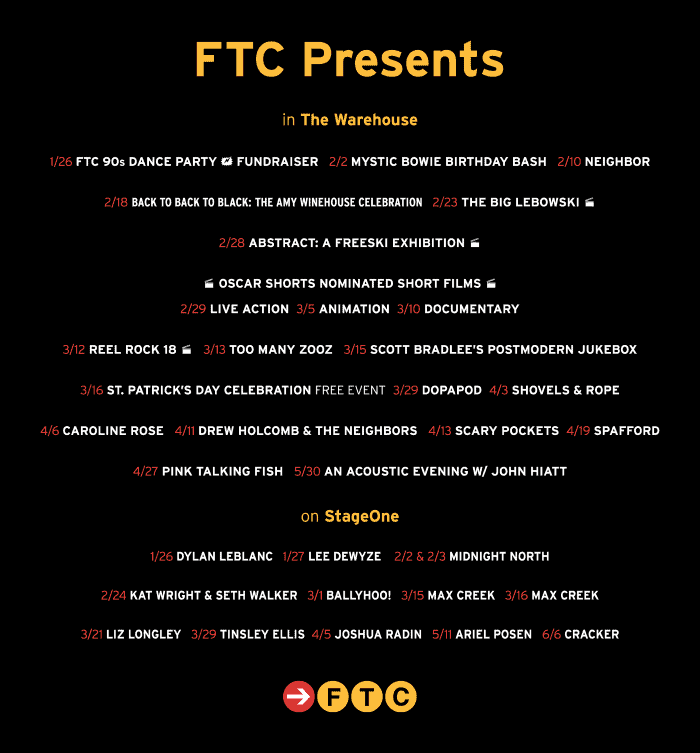The Larchmont Traffic Commission has a presentation and proposal ready for the Board of Trustees to create bike lanes in the village, and, if approved, could begin with a pilot program from Palmer Avenue to Magnolia Avenue.
According to Traffic Commission Co-Chair Carol Miller, the idea was formed in either 2007 or 2008, and the commission started working with the Rye YMCA to come up with ideas on how to incorporate bike lanes into the wide village streets. After the project was tabled for a while, Carolyn Lee, a resident of Larchmont and chairwoman of the Recreation Committee, approached the mayor about it to pick up where the Traffic Commission left off. They were able to dig up a report that the Rye YMCA completed with the help of New York University Wagner, the graduate school for public service.

The report was a study researching the “Complete Streets” strategy, which according to the study’s findings means, “to implement policy measure and design features that make streets safe and accessible for all users, regardless of age, ability or mode of transportation.”
In this study, which included the city of Rye, the town of Mamaroneck and the villages of Larchmont and Mamaroneck, the NYU Wagner team describes types of bike lanes, including sharrows—painted markings on the roadway, indicating that the road is a shared space for both motorists and recreational users—dedicated bike lanes—space for bicyclists along roadways, at least 5 feet in width and in the same direction as prevailing traffic—and two-way bike lanes—the same as a designated bike lane, but doubled in width, allowing for two directions of bike traffic.
The study recommends two different sections of roadway in the village of Larchmont, the first for Chatsworth Avenue (from Palmer Avenue south to Boston Post Road) suggests dedicated bike lanes on both sides of the road, as well as sharrows used in areas where the avenue has four vehicle lanes. The study suggests dedicated bike lanes because Chatsworth Avenue is 54 feet wide—the streets were designed for a trolley system in the late 1800s and early 1900s—allowing for the 5-foot wide requirement to be met.
For Larchmont Avenue (from Palmer Avenue south to Magnolia Avenue), the study suggests a two-way bike lane, a dedicated bike lane and sharrows, or a single, southbound dedicated bike lane.
Lee, who told the Review that she is an avid biker, feels strongly that residents should be biking and walking more.
“My kids bike to school or walk to school every day, and they’re not the norm,” she said.
Lee, however, realizes that many parents make the choice to drive their children places simply for safety reasons. “The design [of the roads] is not welcoming,” she said. “It doesn’t make you want to hop on your bike.”
The implementation of these lanes would be fairly simple, according to Miller.
“It requires some careful measuring and painting, and possibly labeling,” she said, adding that it would be cost-effective. “There’s no construction, nothing has to be widened, and no traffic patterns have to change.”
Miller added that she hopes to see the issue on the agenda for a village board meeting soon. She requested that it be added to an agenda last November, and it was scheduled for a meeting in January but was pushed back. Larchmont Mayor Anne McAndrews, a Democrat, said she is not yet ready to comment on the proposal, but is excited to see the commission’s presentation at an upcoming board meeting.



